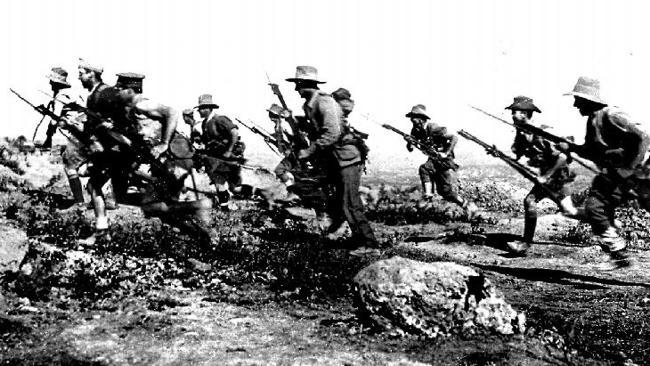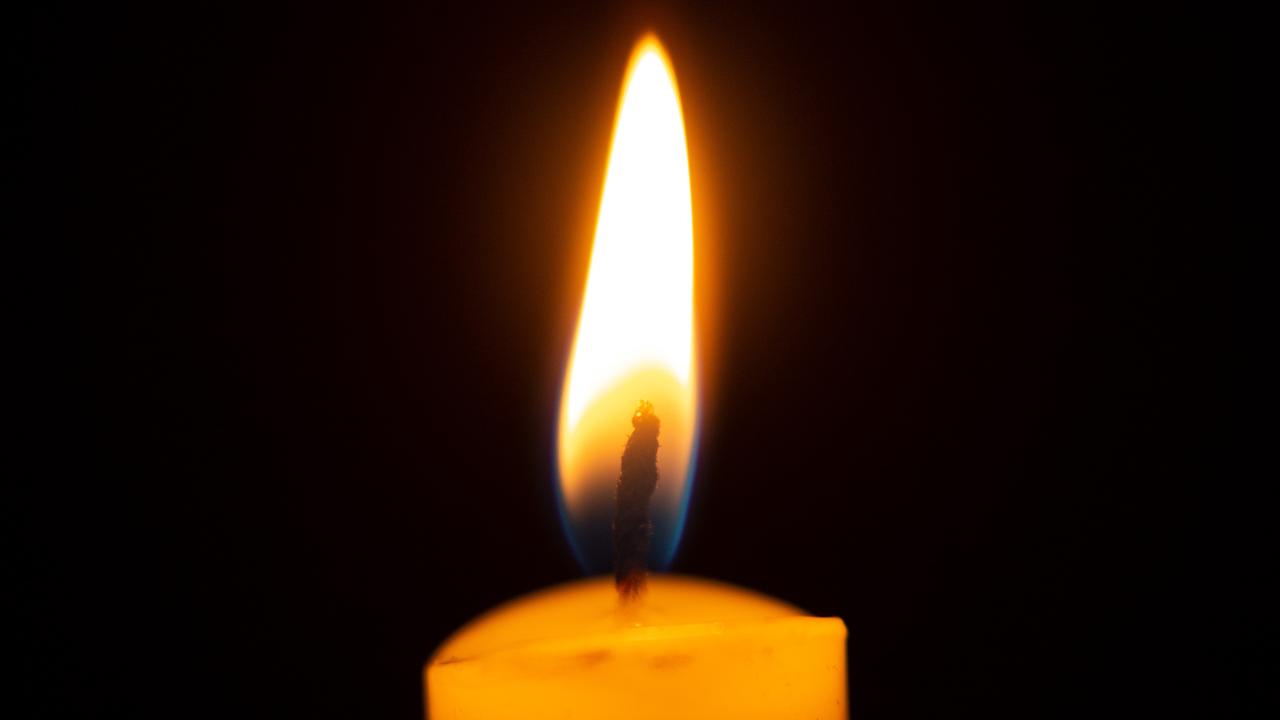How Brisbane newspaper readers first heard about the Anzac landings at Gallipoli
WHEN Queenslanders awoke to their morning newspapers on April 26, 1915, they would have been unaware that a legend had been born on the shores of Gallipoli, on the other side of the world.

ANZAC Centenary
Don't miss out on the headlines from ANZAC Centenary. Followed categories will be added to My News.
WHEN Queenslanders awoke to their morning newspapers on April 26, 1915, they would have been unaware that a legend had been born on the shores of Gallipoli, on the other side of the world.
The Anzac landings were hardly front page news.
For a start, the front pages of newspapers in those days, including The Brisbane Courier, were all classified advertisements and public notices.
So you had to get to Page 7 before the news of the day was reported.
In April 1915, it was the war against the Germans which dominated the headlines - the war on the Western Front.
But there buried among the myriad dispatches and advertisements for a certain beer, was a snippet from the Dardanelles.
“DECISIVE ACTION. THE FIGHT FOR THE DARDANELLES. UNOFFICIAL GREEK REPORT. ATHENS, Saturday.
“Unofficial reports are that a decisive action at the Dardanelles has begun. The Allied squadrons bombarded the Straits at various points west of Gallipoli, and a landing has been effected at three points — Cape Suvla and Bulair, Gallipoli Peninsula, and Enos (at the mouth of the Maritza, near Dedeagatch)”.
Of course, this report was already out of date and made no mention of the Anzac landings. Newspaper reports in those days were sent by cable, heavily censored and subject to weeks of delays. This was eight years even before commercial radio in Australia, let alone the 24/7 news cycles of the internet and live TV crosses of today.
On April 28 the reports were still sketchy and upbeat. “THE DARDANELLES. GENERAL ATTACK RESUMED. SUCCESSFUL LAND OPERATIONS. LONDON.
“Monday. An Admiralty and War Office communique states that the general attack on the Dardanelles by the allied fleet and army was resumed yesterday.
“The disembarkation of the army, covered by the fleet, began before sunrise, at various points in the Gallipoli Peninsula. Despite the serious opposition of the enemy, who were behind strong entrenchments and entanglements, this was completely successful, and before nightfall a large force had been established on shore. The landing of the troops continues.”
It wasn’t until about two weeks after that first Anzac Day in 1915, that Queenslanders first got a sense that their husbands, fathers, uncles, brothers and sons were involved in something more than a routine military operation - something that would shape Australia’s destiny and national character.
The reports came from the British reporter Ellis Ashmead-Bartlett who witnessed the landings from the bridge of a British destroyer a couple of kilometres off Anzac Cove.
Ashmead-Bartlett was a seasoned war correspondent and his articles were syndicated throughout many Australian newspapers, including The Brisbane Courier and The Queenslander.
His reports contained the first detail and colour of the campaign.
On May 8, he wrote: “It required splendid skill, organisation, and leadership to get the huge Armada under weigh from Mudros Bay without accidents. The warships and transports were divided into five divisions. Never before has an attempt been made to land so large a force in the face of a well prepared enemy.
“It was a beautiful, calm night, with a bright half moon. By 1 o’clock in the morning the ships reached the rendezvous five miles from the landing place, and the soldiers were aroused and served with their last hot meal.
“The Australians who were about to go into action for the first time under trying circumstances were cheerful, quiet, and confident, showing no sign of nerves or excitement. As the moon waned the boats were swung out, the Australians received their last instructions, and men who six months ago were living peaceful civilian lives began to disembark on a strange, unknown shore in a strange land to attack an enemy of different race.
“The Australians rose to the occasion. They did not wait for orders or for the boats to reach the beach, but sprang into the sea, formed a sort of rough line, and rushed the enemy’s trenches. Their magazines were uncharged, so they just went in with cold steel.
“It was over in a minute. The Turks in the first trench either were bayoneted or ran away, and the Maxim was captured. Then the Australians found themselves facing an almost perpendicular cliff of loose sandstones, covered with thick shrubbery.
“Somewhere about half way up the enemy had a second trench, strongly held, from which poured a terrible fire on the troops below and the boats pulling back to the destroyers for a second landing party.
“Here was a tough proposition to tackle in the darkness, but those colonials were practical above all else and went about it in a practical way. They stopped a few minutes to pull themselves together, get rid of their packs, and charge their rifle magazines.
“Then this race of athletes proceeded to scale the cliff without responding to the enemy’s fire. They lost some men, but didn’t worry, and in less than a quarter of an hour the Turks were out of their second position, and either bayoneted or fleeing.
“There has been no finer feat in this war than this sudden landing in the dark and the storming of the heights, and above all, the holding on whilst reinforcements were landing. These raw colonial troops in these desperate hours proved worthy to fight side by side with the heroes of Mons, the Aisne, Ypres, and Neuve Chapelle.”
Two days later, Ashmead-Bartlett told Brisbane Courier readers: “These colonials are extraordinarily cool under fire, often exposing themselves rather than take the trouble to keep under shelter of the cliff.
“One of the strangest sights was to see men bathing in the sea with shrapnel bursting all round them.”
On May 26, more of the action was described in the Brisbane Courier: “One Australian of renowned height and strength jumped into a Turkish trench and bayoneted five men in quick succession, hurling each out of the trench on the point of thebayonet. Afterwards he said ‘It was as easy as tossing hay’.”
But as the months wore on, the reality of the campaign was setting in. And the tone of the reports was less upbeat.
On September 6, under the “The Struggle in Gallipoli”, Ashmead Bartlett reported: “It was not for want ot trying that we failed in the great strategic scheme of getting astride the Penninsula northward of Anzac.”
Casualty lists were printed daily in the newspapers — and they were getting longer and longer.
Originally published as How Brisbane newspaper readers first heard about the Anzac landings at Gallipoli


